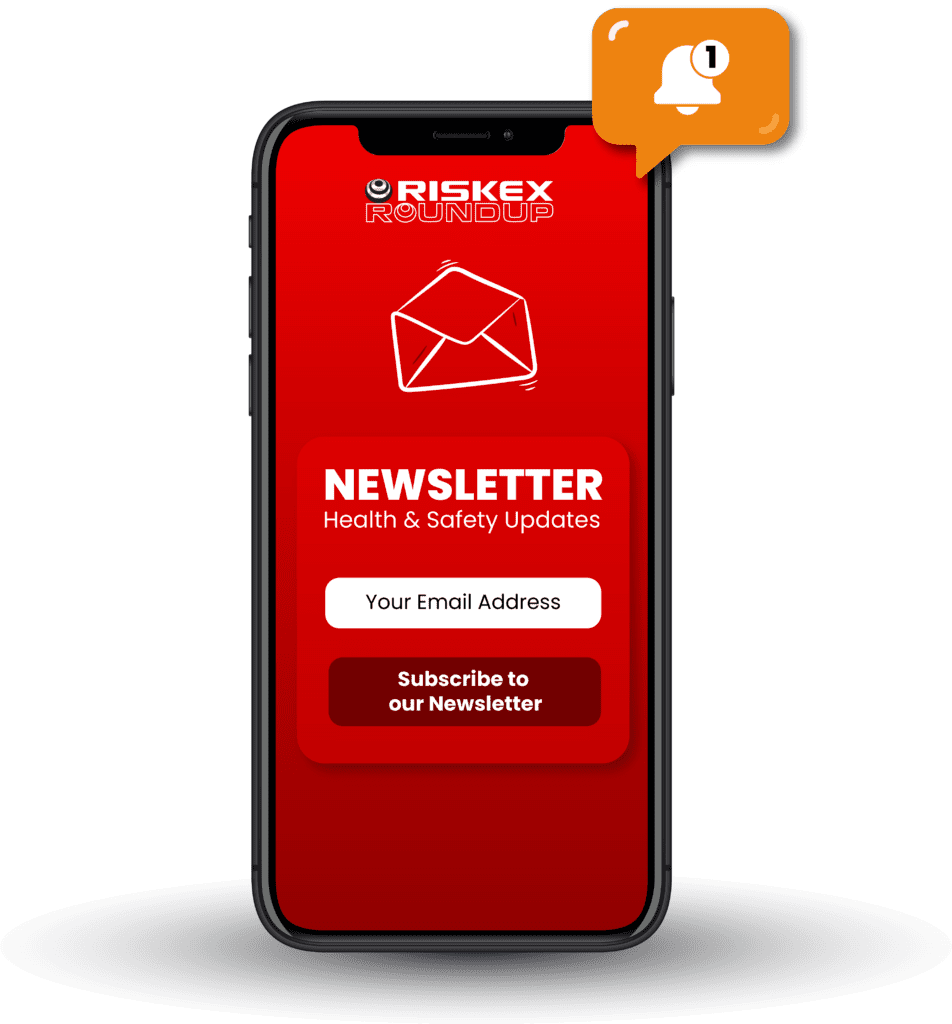Being struck by a moving object is consistently one of the leading causes of workplace harm in the UK. HSE RIDDOR statistics show these incidents account for around 10% of major injuries, and are also a notable cause of fatalities.
These events can involve:
- Pedestrian collisions with moving vehicles (forklifts, delivery vans, mobile plant)
- Tools, equipment or materials falling from height or storage
- Machinery ejecting components or debris
- Collapsing or tipping objects such as shelving, pallets, or loads
The outcomes range from minor injuries to life-changing trauma, and in some tragic cases, fatalities. Beyond the human cost, these incidents lead to disruption, claims, investigations, and in some cases, prosecution.
Common causes of struck by moving object incidents
Many such events stem from systemic weaknesses:
- Lack of vehicle/pedestrian segregation
- Inadequate training or supervision
- Poorly lit or cluttered workspaces reducing visibility
- Unsafe storage or failure to secure loads
- Outdated or ignored risk assessments
- Absence of consistent near-miss reporting
Prevention requires not only sound procedures but also visibility and accountability. This is where digitalisation becomes critical.
Why paper safety systems fall short
Traditional paper-based safety systems and manual reporting are prone to:
- Delays in response and investigation
- Difficulty in spotting patterns across sites
- Poor traceability and auditability
- Fragmented communication and weak follow-up
By contrast, digital platforms such as AssessNET ensure that data is captured once and leveraged everywhere — creating a connected, proactive approach to safety.
Why preventing struck by object incidents matters so much
Digitalisation ensures safety teams are not just recording accidents but actively preventing them:
- Spot patterns: Identify repeat near-misses before someone is hurt.
- Drive accountability: Ensure corrective actions are assigned, tracked, and completed.
- Enhance visibility: Supervisors and managers can see in real time where risks are escalating.
- Close the loop: Lessons learned are fed back into risk assessments and safe systems of work.
The result? Fewer repeat incidents, stronger compliance, and a more proactive safety culture.
How digital tools like AssessNET reduce risks
AssessNET’s Accident & Incident Management Module equips organisations with practical, user-friendly tools to capture, analyse, and act on incidents before they escalate:
- Mobile & desktop reporting: Log incidents or near misses anywhere, anytime.
- Multi-language functionality: Support for global teams with enhanced translation.
- Comprehensive incident reports: All details displayed in a single, intuitive view, with status flags.
- Root cause analysis tools: Launch structured investigations and apply corrective measures.
- Customisable workflows: Automatically trigger notifications and approvals.
- Task Manager integration: Assign and track remedial actions, with real-time visibility of status.
- Data insights & BI toolkit: Graphing and dashboard tools highlight trends, hotspots, and recurring hazards. Export raw data for deeper analysis if required.
- Full audit trail: Attach photos, witness statements, risk assessments, and supporting documents directly to reports.
- Training built-in: On-screen “take a tour” guidance reduce barriers to adoption.
Why now is the time to act
Health and safety leaders are under growing pressure to demonstrate not just compliance but also prevention. Paper records and spreadsheets can’t provide the agility, transparency, or predictive insights modern organisations require.
Book a personal demonstration of AssessNET
To see how our Accident & Incident Module can help you reduce “struck by moving object” risks and build a proactive safety culture.

Most Common Workplace Health and Safety Risks – And How Digital Tools Can Help Mitigate Them
Frequently Asked Questions (FAQs)
What does “struck by a moving object” mean in workplace safety?
“Struck by” refers to incidents where a worker is hit by a moving vehicle, falling tool, flying debris, or other object. It is one of the top causes of serious workplace injuries in the UK.
What are the main causes of struck by object accidents?
Common causes include poor vehicle and pedestrian segregation, unsecured loads, falling tools or equipment, machinery ejecting debris, and inadequate training or supervision.
How can digital safety software help prevent struck by incidents?
Digital tools like AssessNET improve prevention by enabling real-time reporting, root cause analysis, automated risk assessments, and visibility across all sites.
Are struck by moving object incidents reportable under RIDDOR?
Yes. Many struck by object injuries meet RIDDOR reporting requirements. Digital platforms can help identify reportable events and streamline HSE submissions.
What steps should employers take to reduce struck by object risks?
Employers should implement vehicle/pedestrian segregation, secure storage, staff training, risk assessments, and use digital tools to track and prevent incidents.






